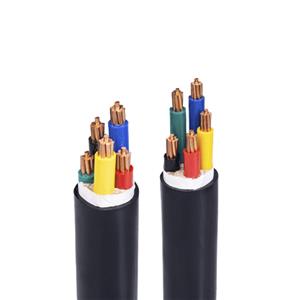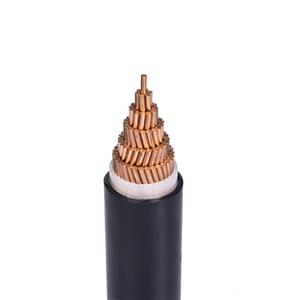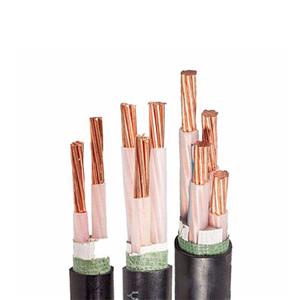Control cables ensure that every command is delivered
From rail transit in bustling cities to brightly lit commercial buildings; from highly automated factory production lines to sophisticated medical equipment, control cables are everywhere. Next, cable manufacturers will take you to explore the world of control cables in depth.
Control cables are suitable for industrial and mining enterprises, energy and transportation departments, and are cables for electrical equipment. It is like the "nerve" in the electrical system, responsible for transmitting various control signals to ensure the normal operation of the equipment. The reason why control cables can operate stably in complex electrical environments is inseparable from their unique structure. It is mainly composed of several key parts: conductor, insulation layer, shielding layer and sheath layer.
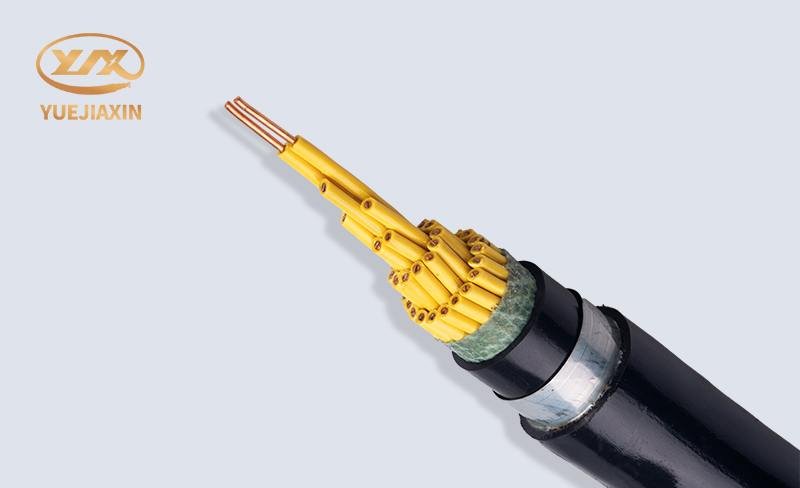
As the transmission channel of current, the conductor is the core component of the control cable. Generally, high-purity copper or aluminum is used. These metals have excellent conductivity and can ensure fast and stable signal transmission. In addition, in order to adapt to different usage scenarios, the structure of the conductor is also diverse. Common ones are single-strand solid conductors, which have simple structure and high stability. They are suitable for some fixed installations and occasions with low flexibility requirements. The insulation layer wrapped around the outside of the conductor is an important line of defense to ensure the safe and stable operation of the cable. It is like a layer of solid "armor" that isolates the conductor from the outside world to prevent current leakage and short circuits. In some occasions where the signal transmission quality is extremely high, the shielding layer is particularly important. It is like putting on a layer of "invisible protective clothing" for the cable. Its main function is to prevent external electromagnetic interference from affecting the transmission of internal signals in the cable, and at the same time, it can also prevent the internal signals of the cable from interfering with other external devices. As the outermost protective structure of the control cable, the sheath layer shoulders the important task of protecting the cable from mechanical damage, chemical corrosion, moisture and water resistance. It is the cooperation of these components that creates the excellent performance of the control cable, enabling it to work stably in various complex environments and ensure the normal operation of the electrical system.
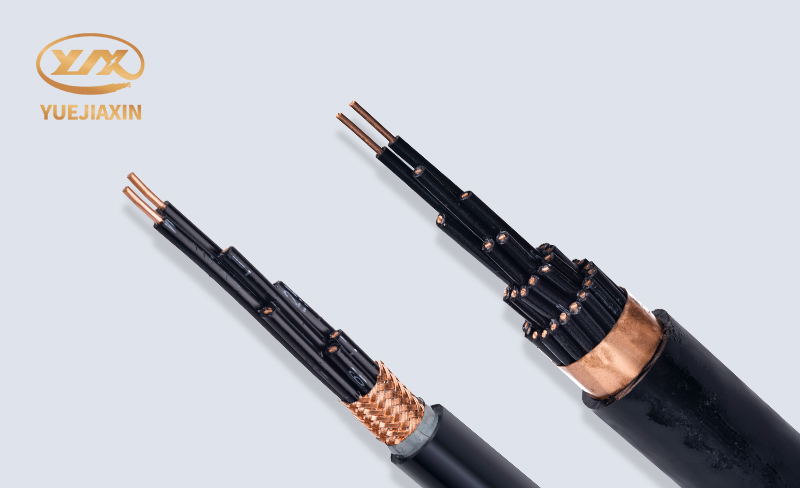
Control cables play an irreplaceable role in many fields, such as industrial automation, power systems, and construction, with their stable performance and reliable signal transmission capabilities.
The rapid development of science and technology and the continuous progress of various industries have brought broad development space and unlimited possibilities for control cables.
Control cables, a seemingly ordinary industrial product, play a vital role in the operation of modern society. With its slender body, it carries the heavy responsibility of signal transmission, connects all aspects of our lives, and provides solid guarantees for the efficient operation of industrial automation, the safety and stability of power systems, and the convenience and comfort of intelligent buildings.
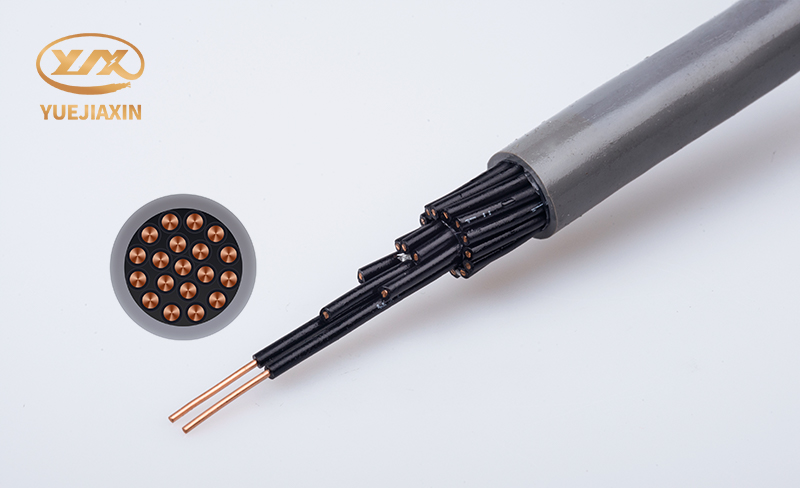
With the continuous advancement of science and technology and the rapid development of various industries, control cables are also continuously innovating and changing, and they will play a greater role in more fields in the future. I hope that through today's introduction, everyone can have a deeper understanding of control cables, and I also look forward to more people paying attention to this silently dedicated behind-the-scenes hero, and jointly witnessing its wonderful performance in the development of the times.


